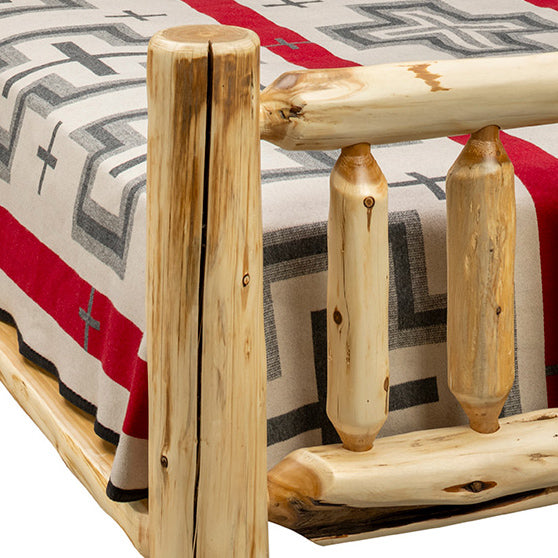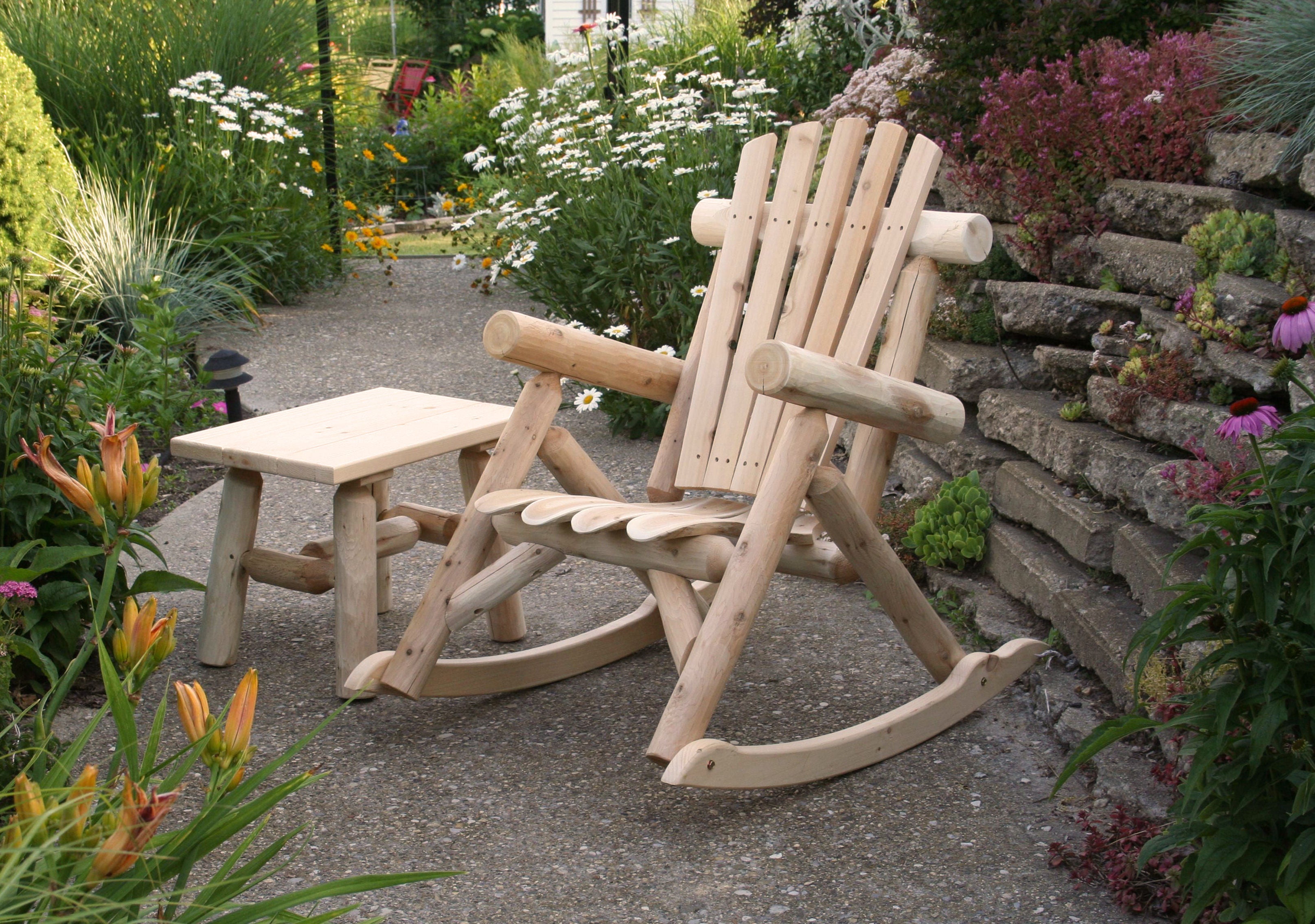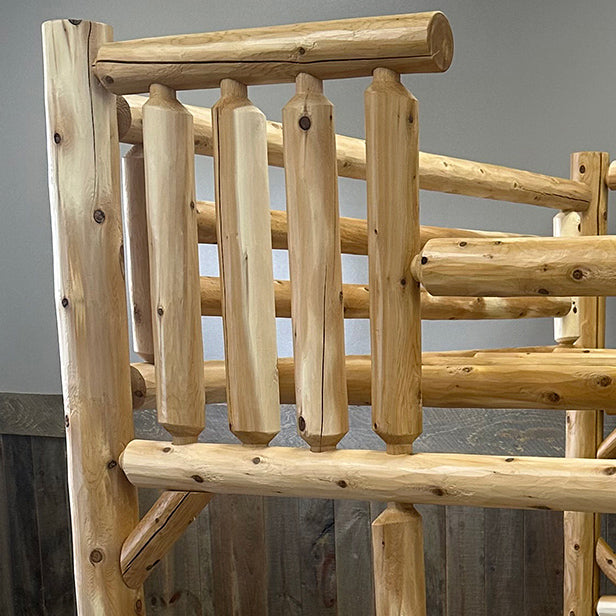This study aimed to elucidate the phenomenon of checking (cracking) in log timbers, telephone poles, and log furniture, addressing common misconceptions and highlighting its inherent normalcy and potential benefits. The key finding, that log checking is a natural and often beneficial process, challenges conventional anxieties surrounding the structural integrity and longevity of log-based constructions and products. This discussion will critically analyze this finding, relating it to existing literature on wood science, structural engineering, and the preservation of wooden structures.
The assertion that log checking is a normal part of the drying process aligns with established principles of wood physics. As wood loses moisture, it shrinks, and this shrinkage is not uniform across the grain (Forest Products Laboratory, 2010). Tangential shrinkage (around the circumference of the log) is significantly greater than radial shrinkage (towards the center), leading to tensile stresses that exceed the wood's tensile strength perpendicular to the grain, resulting in checks (Hoadley, 2000). This differential shrinkage is a fundamental property of wood and is unavoidable in large-dimension timbers. Therefore, the study's emphasis on the naturalness of checking is well-supported by the scientific understanding of wood behavior.
Furthermore, the claim that checking can contribute to structural integrity, while seemingly counterintuitive, finds resonance in the context of stress relief. The formation of checks allows the wood to release internal stresses that would otherwise accumulate and potentially lead to more catastrophic failures (Desch & Dinwoodie, 1996). By providing a controlled avenue for stress release, checks can prevent the development of larger, more detrimental cracks. This concept is analogous to expansion joints in concrete structures, which are intentionally introduced to accommodate thermal expansion and contraction, preventing uncontrolled cracking. Future research could quantitatively assess the impact of checking on the overall structural performance of logs under various loading conditions, comparing checked and unchecked specimens.
The study also suggests that checking can improve insulation by facilitating even moisture release and air circulation. While the insulating properties of wood are well-documented (Winandy & Rowell, 2005), the specific impact of checking on thermal performance warrants further investigation. The presence of cracks could potentially disrupt the continuous wood matrix, affecting thermal conductivity. However, as the study suggests, these cracks may also allow for better ventilation, potentially reducing moisture accumulation and improving the overall thermal resistance of the log structure. Empirical studies measuring the thermal conductivity and moisture content of checked and unchecked logs in situ would be valuable in clarifying this relationship.
The aesthetic appeal of checking, highlighted in the findings, is a subjective but important consideration. The rustic charm and unique character imparted by checks are often valued in log home construction and furniture design. This aesthetic preference reflects a broader trend towards embracing natural materials and celebrating the inherent imperfections of wood (Brown, 2003). However, it's crucial to acknowledge that excessive or uncontrolled checking can detract from the aesthetic value and potentially compromise the structural integrity of the wood.
The study's dismissal of common myths surrounding checking is crucial for informed decision-making in log construction and maintenance. The misconception that checks are indicative of rot or weakness can lead to unnecessary and potentially harmful interventions, such as filling the cracks with inappropriate materials. As the study correctly points out, filling checks can impede the natural drying process and create an environment conducive to fungal growth (Shigo, 1986). Instead, proper maintenance practices, such as ensuring adequate ventilation and protecting the logs from excessive moisture exposure, are essential for preserving the long-term health and stability of log structures.
However, the study's tone, while intentionally friendly and accessible, could be perceived as overly simplistic by some readers, particularly those with a strong technical background. While the intention to demystify the topic is commendable, future research should strive for a more rigorous and nuanced presentation of the scientific principles underlying log checking. Furthermore, the study could benefit from a more detailed discussion of the factors that influence the extent and severity of checking, such as wood species, drying methods, and environmental conditions.
In conclusion, this study provides a valuable overview of the phenomenon of log checking, emphasizing its naturalness and potential benefits. By challenging common misconceptions and promoting a more informed understanding of wood behavior, this research contributes to the sustainable use and preservation of log-based structures and products. Future research should build upon these findings by conducting more rigorous empirical investigations into the structural and thermal performance of checked logs, as well as exploring the long-term effects of various maintenance practices on checking behavior. This will further solidify the understanding of log checking and ensure the longevity and beauty of log structures for generations to come.
References (Example):
- Brown, K. I. (2003). Material Matters: Why the Stuff That Makes Up Our World Matters. Houghton Mifflin Harcourt.
- Desch, H. E., & Dinwoodie, J. M. (1996). Timber: Structure, Properties, Conversion and Use. Macmillan.
- Forest Products Laboratory. (2010). Wood Handbook: Wood as an Engineering Material. U.S. Department of Agriculture, Forest Service.
- Hoadley, R. B. (2000). Understanding Wood: A Craftsman's Guide to Wood Technology. Taunton Press.
- Shigo, A. L. (1986). A New Tree Biology. Shigo and Trees, Associates.
- Winandy, J. E., & Rowell, R. M. (2005). Wood: Chemistry, Ultrastructure, Reactions. American Chemical Society.




Leave a comment
This site is protected by hCaptcha and the hCaptcha Privacy Policy and Terms of Service apply.